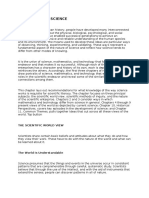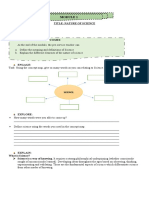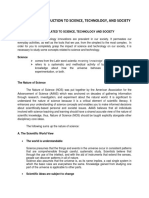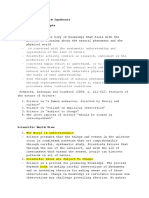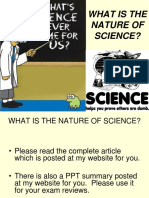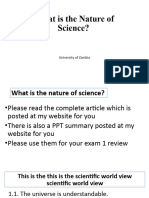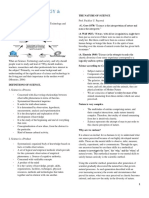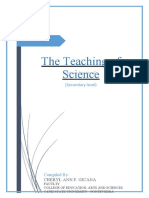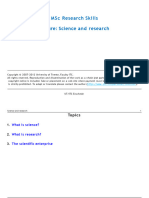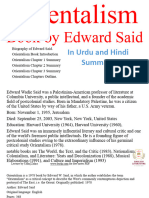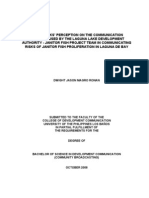0% found this document useful (0 votes)
59 views10 pagesSok Short Notes Module 4
Science is defined as a body of knowledge and a process based on evidence, logic, and empirical data, distinguishing it from subjective fields like philosophy and religion. It seeks to answer fundamental questions about the natural world, relying on testable ideas and evidence, while being a collaborative and ongoing endeavor within the scientific community. However, science does not make moral or aesthetic judgments, nor does it address supernatural explanations, and its knowledge is always subject to change as new discoveries are made.
Uploaded by
Fulvica 133Copyright
© © All Rights Reserved
We take content rights seriously. If you suspect this is your content, claim it here.
Available Formats
Download as DOCX, PDF, TXT or read online on Scribd
0% found this document useful (0 votes)
59 views10 pagesSok Short Notes Module 4
Science is defined as a body of knowledge and a process based on evidence, logic, and empirical data, distinguishing it from subjective fields like philosophy and religion. It seeks to answer fundamental questions about the natural world, relying on testable ideas and evidence, while being a collaborative and ongoing endeavor within the scientific community. However, science does not make moral or aesthetic judgments, nor does it address supernatural explanations, and its knowledge is always subject to change as new discoveries are made.
Uploaded by
Fulvica 133Copyright
© © All Rights Reserved
We take content rights seriously. If you suspect this is your content, claim it here.
Available Formats
Download as DOCX, PDF, TXT or read online on Scribd
/ 10



